This year the first four fully or partially electrified Opel models are launched: the SUV Grandland X Hybrid is now on sale, the Vivaro-e commercial and the Mokka X (2nd generation) electric will be on the market in the second half of the year and the Corsa-e now comes to dealers. Precisely the model we are testing here.
A crucial electrifying offensive, and were it not for the public health alarm that affects everyone, Opel would also be experiencing a moment of rejoicing for having managed to close the year 2019 with profits of 1.1 billion euros and a tax of profitability of 6.5%, after two decades of accumulated losses in the hands of General Motors - and only two years have passed since it was bought by the PSA Group.
While direct competition — read, Volkswagen — continues to butt heads with software problems at the Wolfsburg plant, Opel is taking full advantage of the fluidity of synergies with the PSA Group that provides the basis for this electric Corsa (carried on from the 208 electric), precisely the CMP platform whose flexibility should be enhanced by allowing it to be used for models with gasoline/diesel and 100% electric engines.
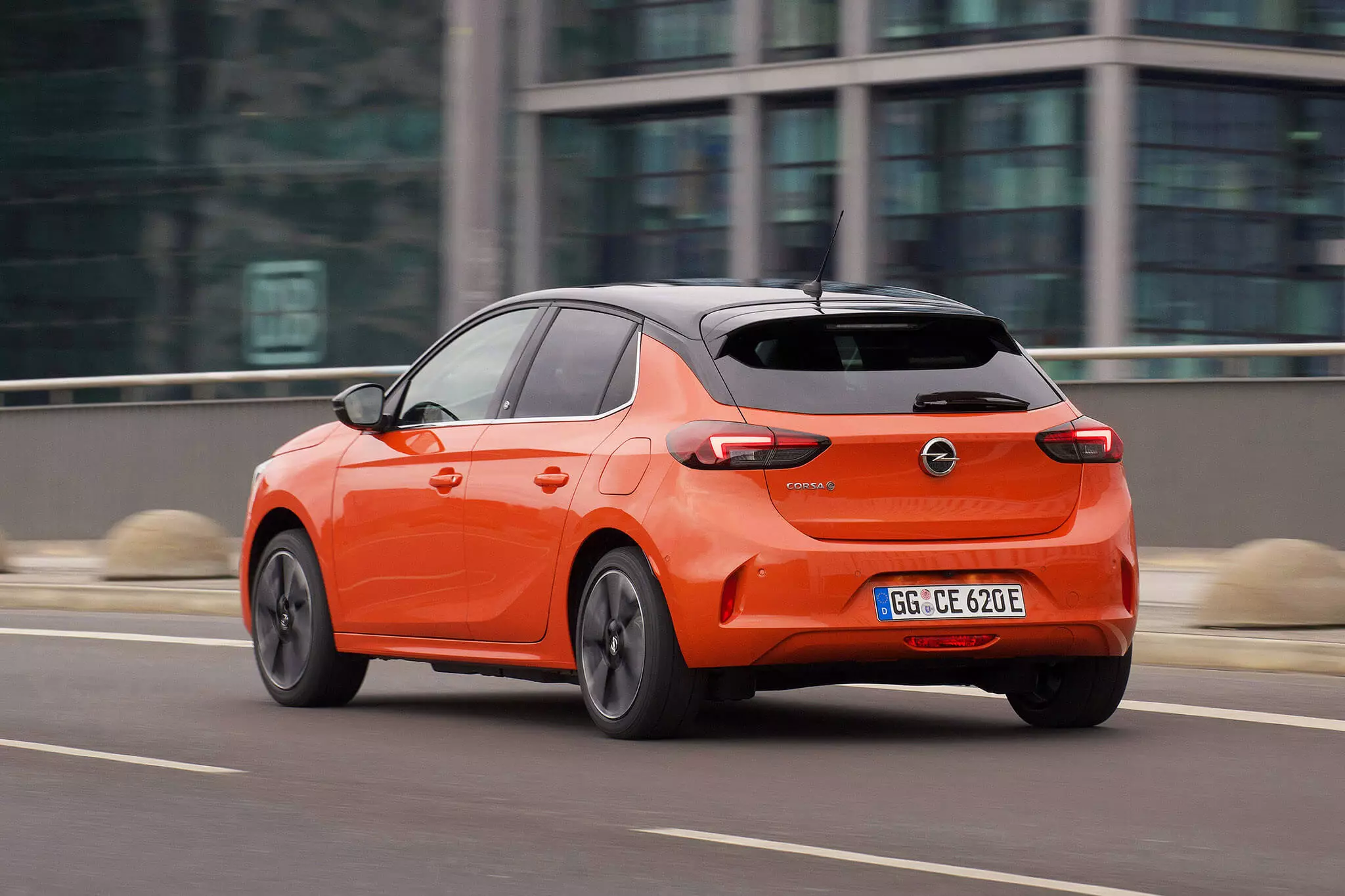
This is the advantage (cost reduction and easy adaptation of production to demand, as this requires more cars with combustion engine or electric), the inconvenience being the fact that it cannot provide as long autonomy as the IDs promise.
The Corsa-e is located at 337 km of autonomy (WLTP) , clearly little compared to what the ID.3 promises, which can surpass 500 km. Although in this case with an entry price well above 30,000 euros it costs — like the Opel — the more affordable version of the Volkswagen, but which is a bigger and more spacious car (equivalent to the Golf).
50 kWh battery for 337 km
The propulsion system (as well as the chassis, the electronic platform and almost everything else…) is the same as the Peugeot e-208, adding to the 50 kWh lithium-ion battery (216 cells grouped into 18 modules) to be powered. the electric motor of 136 HP (100 kW) and 260 Nm.
since 1982
Opel's bestseller is in the 6th generation of the model that was originally created in 1982 and of which more than 13.6 million units have been sold.
The battery weighs 345 kg (and is guaranteed to maintain 70% energy content after eight years or 160,000 km), which means this is the heaviest Corsa of the 6th generation: 300 kg more than the same model. powered by the 1.2 turbo three-cylinder engine with an eight-speed automatic transmission.
The only positive part of this added weight is that it allows the Corsa-e to have a center of gravity almost 6 cm lower, which translates into greater stability in dynamic behavior.
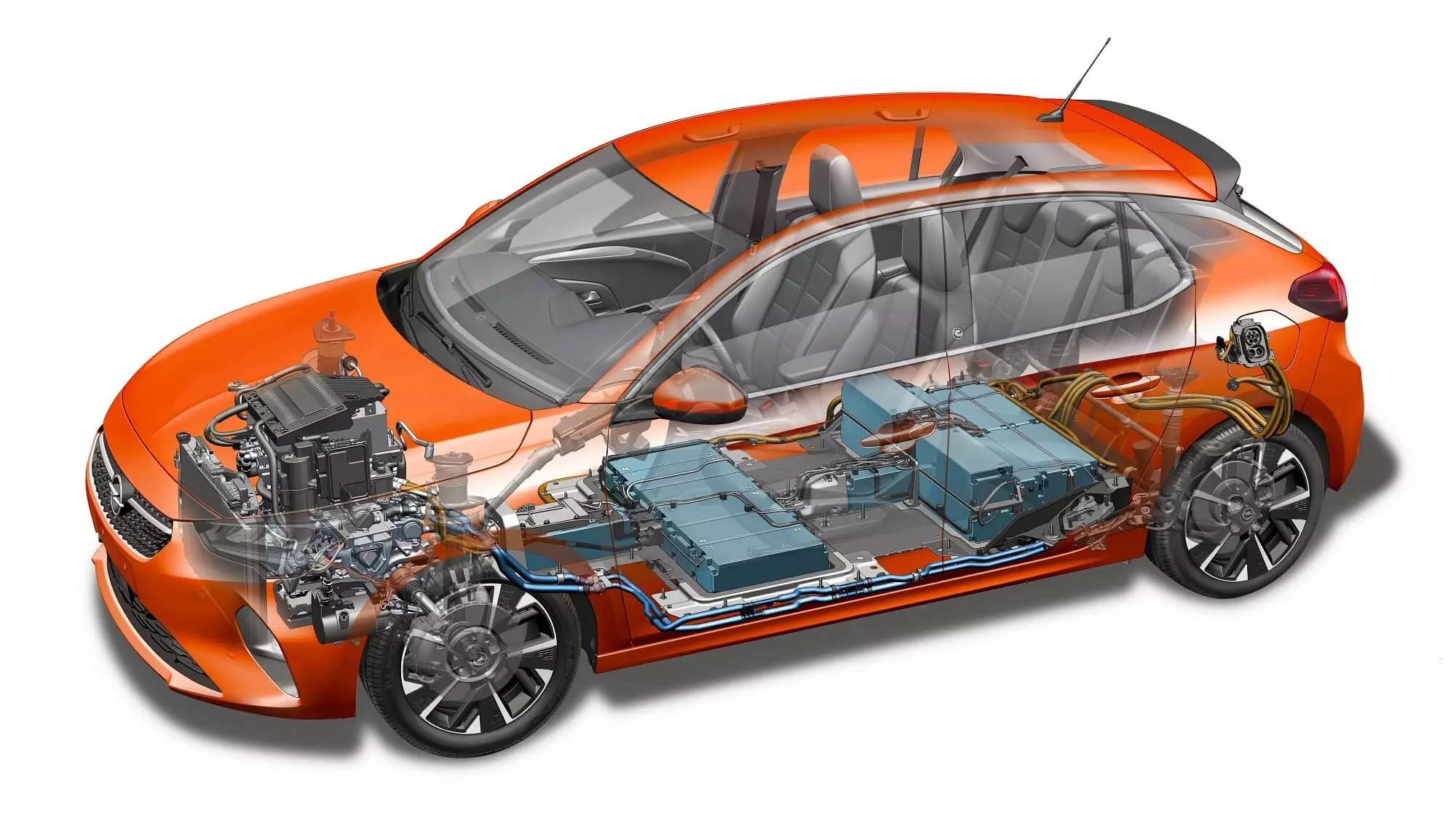
Other relevant changes, the front axle was revised and reinforcements were applied to the bodywork and important alterations to the rear axle which, cumulatively (and with the help of the batteries themselves), resulted in 30% higher torsional rigidity compared to models with combustion engines.
Charge from 25 hours to 30 minutes
The Opel Corsa-e is equipped as standard with a single-phase 7.4 kW charger, which can be a three-phase 11 kW charger (from the First Edition version, with a price of 900 euros, plus 920 euros for the wall-mounted home station , the wallbox). Then there are several cable options, for different powers, types of current, each with its own cost.
Subscribe to our newsletter
Household charges will take a maximum of 25 hours (1.8kW) and a minimum of 5h15min (11kW). However, it may be useful to know that for an urgent charge, when you are on the street, it will take 90 minutes to charge 100 km of autonomy at 11 kW (you will even have to stay for lunch…).
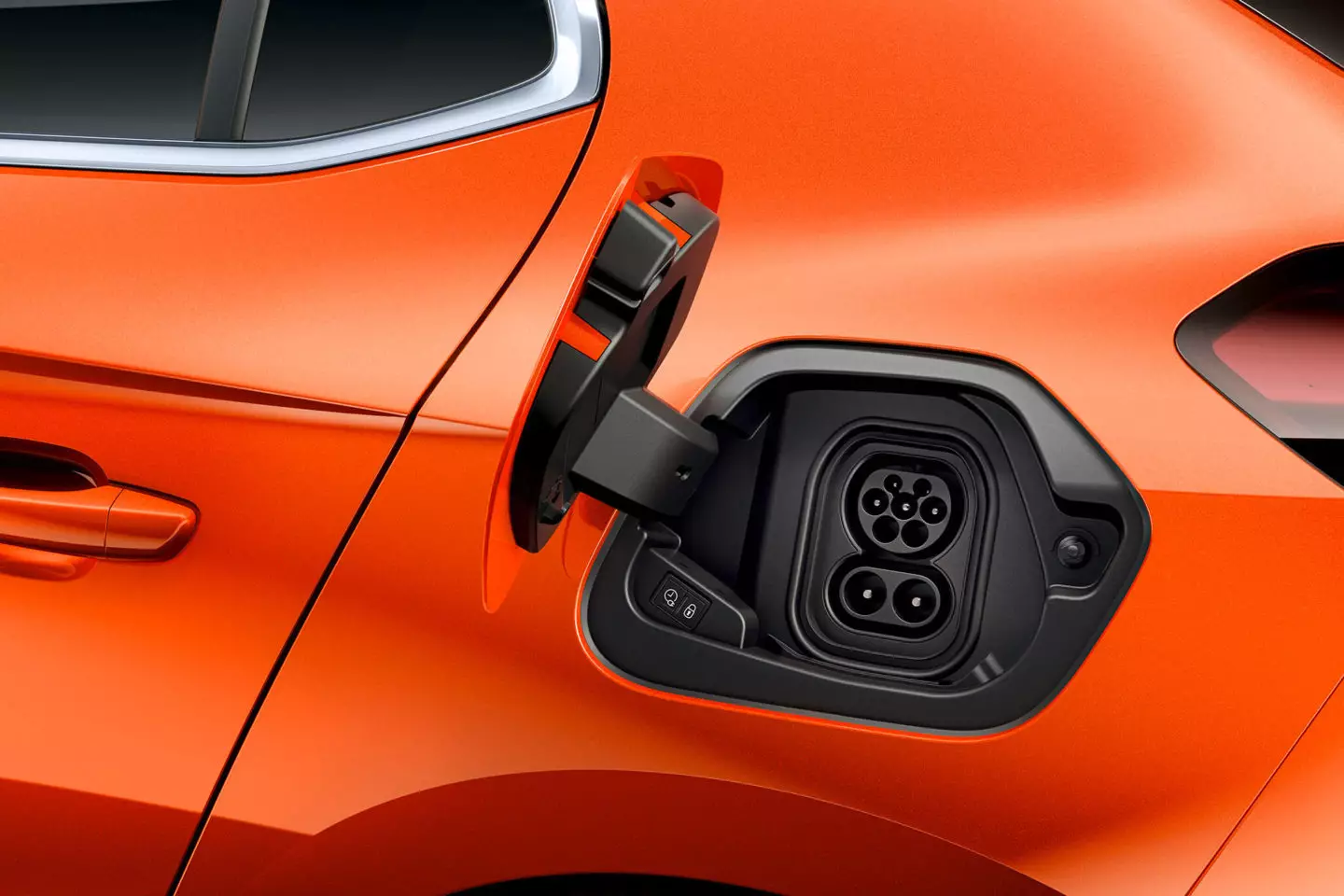
It is possible to reduce this time to 19 minutes at 50 kW or 12 minutes at 100 kW (full charge power, which allows the battery to “fill” up to 80% in a single half hour), which means that little more than one coffee and two fingers of conversation and you have another 100 km "in your pocket" for the most urgent rides or to get home — more difficult, at the moment, is finding charging points with such power...
Batteries last longer… with the foot on top
Opel specifies an average consumption of 16.8 kWh/100 km for the Corsa-e . During our test in Berlin 19.7 kWh flowed through the power lines, on average, but the numbers changed a lot depending on the type of road or the driving pace imposed: at 150 km/h they shot up to 30 kWh/100 km , at 120 km/h they moderated to 26 kWh and at 100 km/h they dropped to 20 kWh, while in an urban environment we remain below 15.Although the rushes harm, and a lot, the autonomy, the immediate response of the engine impresses and the numbers materialize this positive feeling: 2.8 s from 0 to 50 km/h and 8.1 s from 0 to 100 km/h show the enormous agility of the Corsa-e, whose top speed is stopped at 150 km/h, still enough for its performance not to embarrass anyone on fast roads.
Three power levels
To help manage battery power, there are three single-speed drive modes, selected by a button next to the transmission selector: not only does it play with steering and throttle response, there are also varying performance maximum, which then affects autonomy.
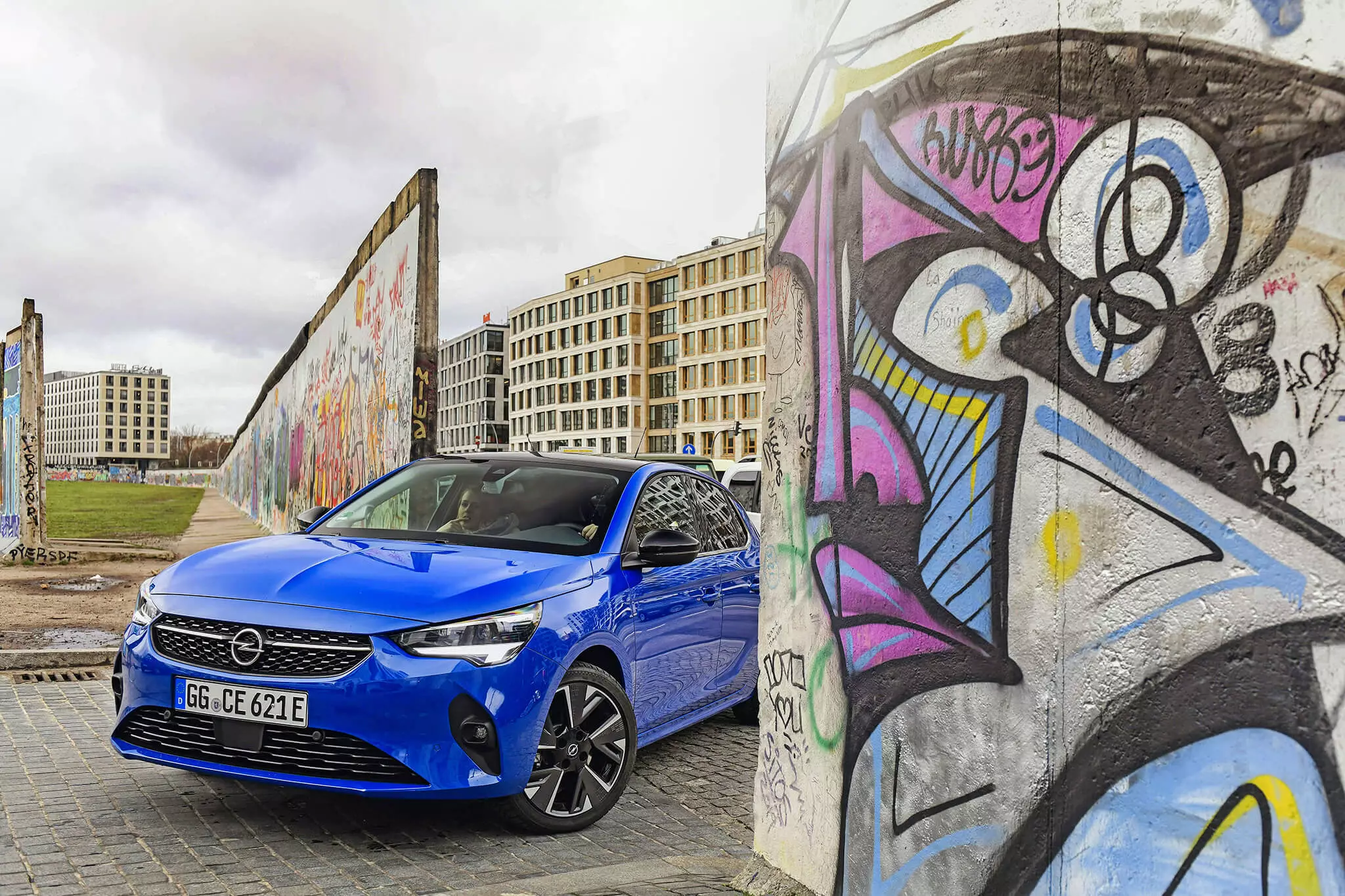
In “Eco”, the Corsa-e has 82 hp and 180 Nm, in “Normal” it reaches 109 hp and 220 Nm and in “Sport” it reaches the aforementioned 136 hp and 260 Nm. urban traffic, but if there is a sudden need for power, simply step on the accelerator past the resistance point and full power is available.
It is also possible to choose between two regenerative braking levels: the normal (D) produces a deceleration of 0.6 m/s2 when the accelerator pedal is released; the strongest (B) more than doubles to 1.3 m/s2 and allows — after a period of adaptation — to steer with just the right pedal.
Chassis changes
The road behavior is really marked by the lower center of gravity and the 30% increase in the torsional rigidity of the bodywork. Note that the Opel Corsa-e damps more harmoniously than its combustion engine “brothers”, also due to the new suspension configurations: engineers increased the spring speed and slightly changed the geometry of the shock absorber on the rear axle.
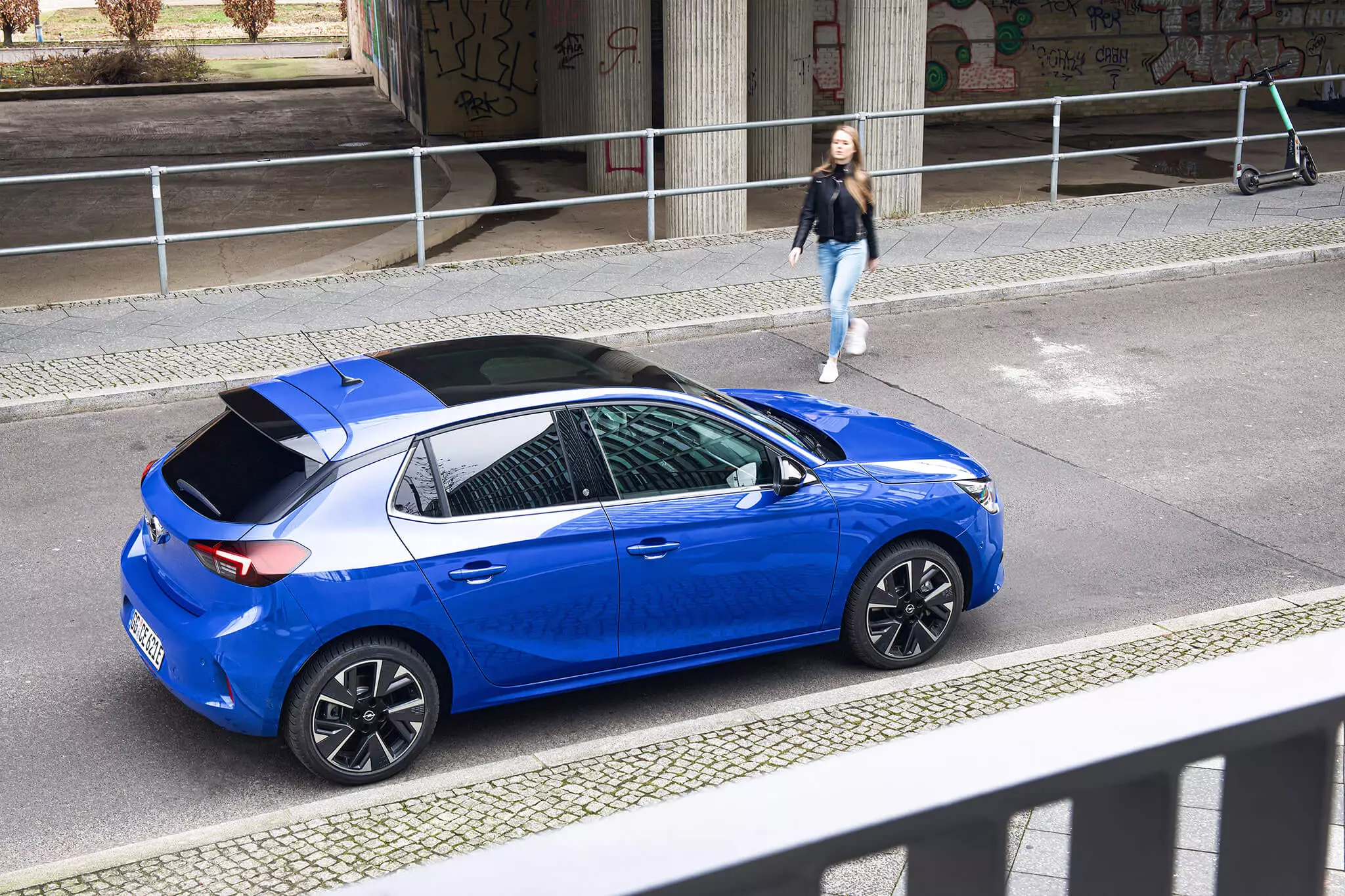
Furthermore, to accommodate the batteries, it was necessary to move the axle posts slightly backwards and remove some material from the axle rockers, while Panhard bars were used to maintain transverse rigidity.
None of this, of course, makes you stop feeling the ton and a half of weight when we increase the pace of driving on curvy roads, which is when the Corsa-e widens its trajectory a little (understeer), a trend that can be easily countered if you lift your right foot a little.

If a little common sense is used, this will hardly be a problem, although with wet asphalt or other situations of compromised grip it is advisable not to jump on the pedal because the front axle has natural difficulties to digest 260 Nm at once. This is in Sport mode, because in Eco and Normal the orange stability control light comes into play less (less torque available).
Corsa-e, inside, few differences
The cabin itself is not much different from that of the Corsa with combustion engines. There is a 7” or 10” touchscreen as the infotainment command center (very focused on the driver and with more than one version available) and the instrumentation, also digital, has a 7” diagonal.
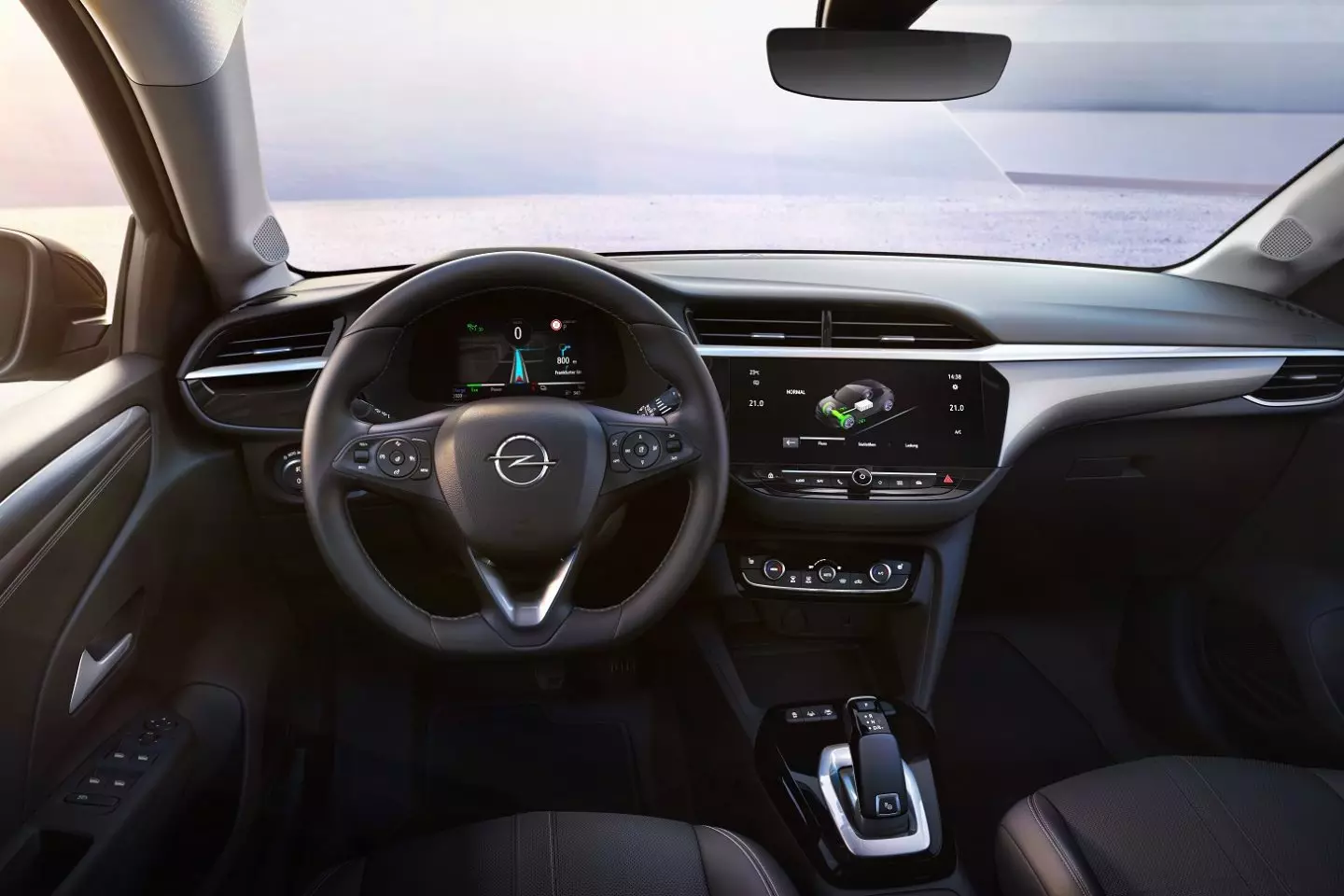
The overall quality of materials and finishes is average, existing better in the segment — Renault Clio, Volkswagen Polo or the Peugeot 208 itself — combining soft-touch materials with hard ones, but leaving a positive overall impression.
It is a recommended car for four people (a third rear passenger will travel very tight) and if the occupants of the second row are up to 1.85 m they will have enough space in height and length. However, access and egress are less positive, as the sporty shapes of the bodywork robbed about 5 cm in height in the opening/height of the tailgate.
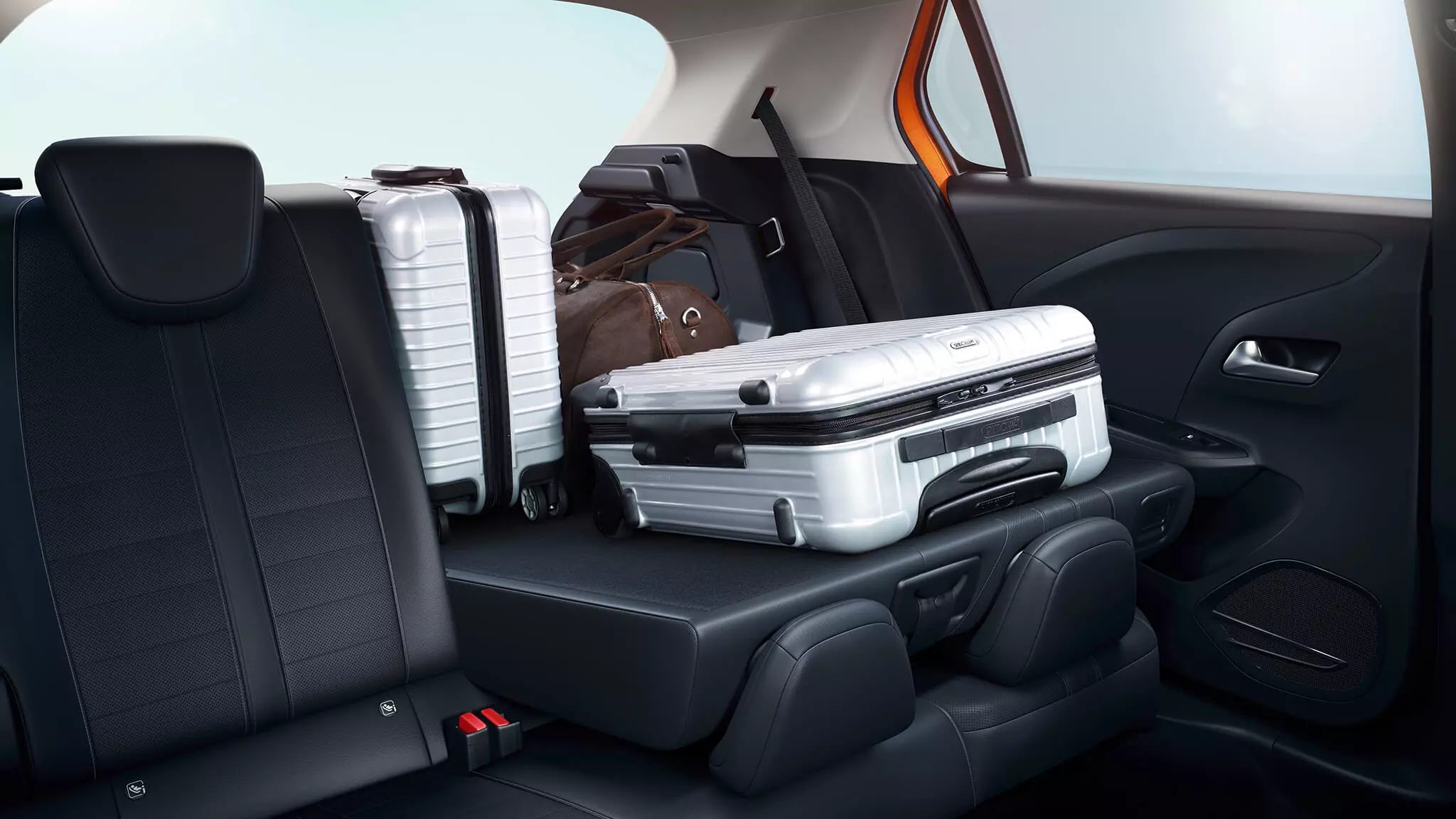
This electric version of the new Corsa has a smaller trunk, due to the "fault" of the placement of the batteries, than the gasoline or diesel "brothers" — 267 l vs 309 l —, which are in an intermediate position in this segment in terms of luggage volume.
It is possible to fold down the rear seat backs, but you can never create a completely flat loading area (when folded down, there is a step for the luggage compartment floor and seat backs), but this already happens with the thermal versions and it is also normal in this thread.
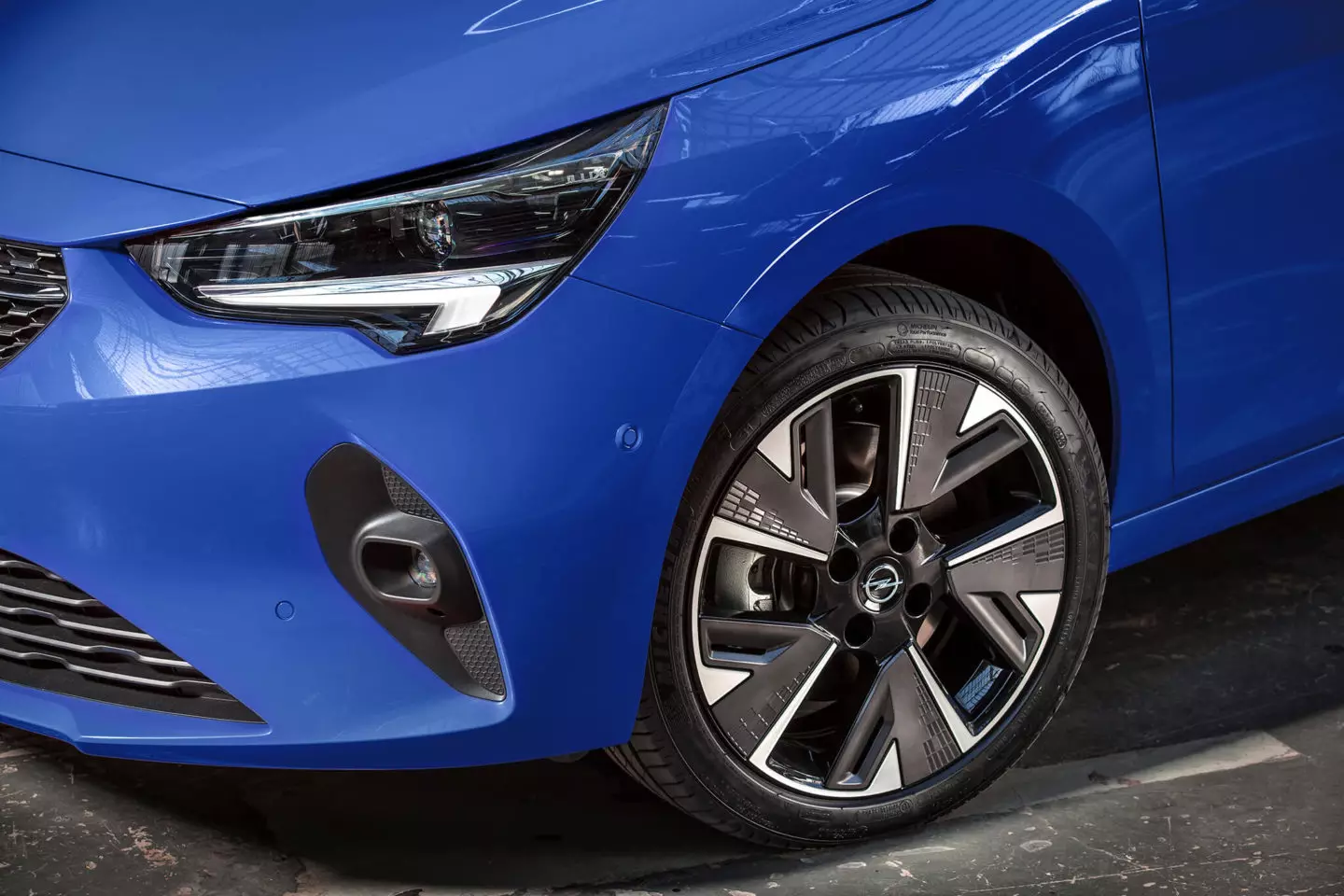
The Corsa-e is equipped as standard with LED headlamps, and the most demanding will be able to pay an extra (600 euros) to have the Matrix intelligent headlamps, which are not available on the e-208 — Opel has a tradition of having the best systems. of lighting that has lasted for nearly a decade.
On the other hand, useful equipment such as lane keeping systems (with automatic steering correction), blind spot warning and imminent forward collision warning with automatic emergency braking, as well as the adaptive speed controller (with stop function & go to follow the traffic), are standard even in the Selection version (29 990 euros) and, of course, in the Edition (30 110 euros) and Elegance (32 610 euros).
Take one and pay for two?
The motivation to buy an electric car can hardly be economic, although in countries with tax incentives a more reasonable equation can be obtained. It's much quieter and more protective of the air we all breathe (provided its batteries and the electricity it consumes are produced in an “ecologically” way).
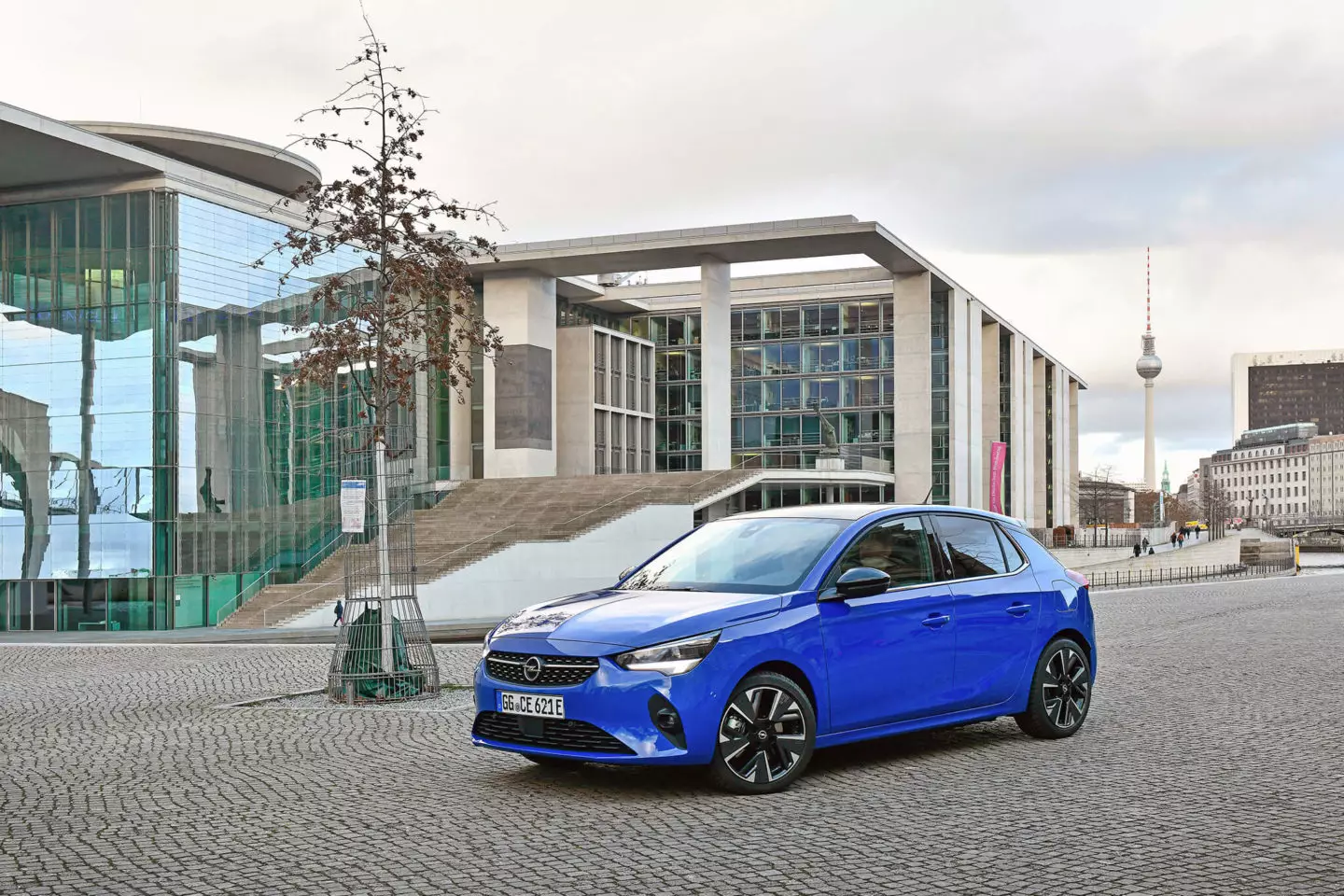
But for the price of one Corsa-e you can buy two petrol and that's hard to deny, even if the total cost of ownership is 30% lower — maintenance is lower, as is the price of electricity compared to the Corsa gasoline.
Authors: Joaquim Oliveira/Press Inform
Technical specifications
| Motor | |
|---|---|
| power | 136 hp |
| Binary | 260 nm |
| Drums | |
| Type | Lithium Ions |
| Capacity | 50 kWh |
| Streaming | |
| Traction | Forward |
| Gear box | Reduction box of a relationship |
| Dimensions and Capabilities | |
| Length/Width/Height. | 4060mm/1765mm/1435mm |
| Between axles | 2538 mm |
| Weight | 1530 kg (US) |
| Installments and Consumptions | |
| Accel. 0-100 km/h | 8.1s |
| Maximum speed | 150 km/h (electronically limited) |
| Combined consumption | 16.8 kWh |
| Autonomy | 337 km |
